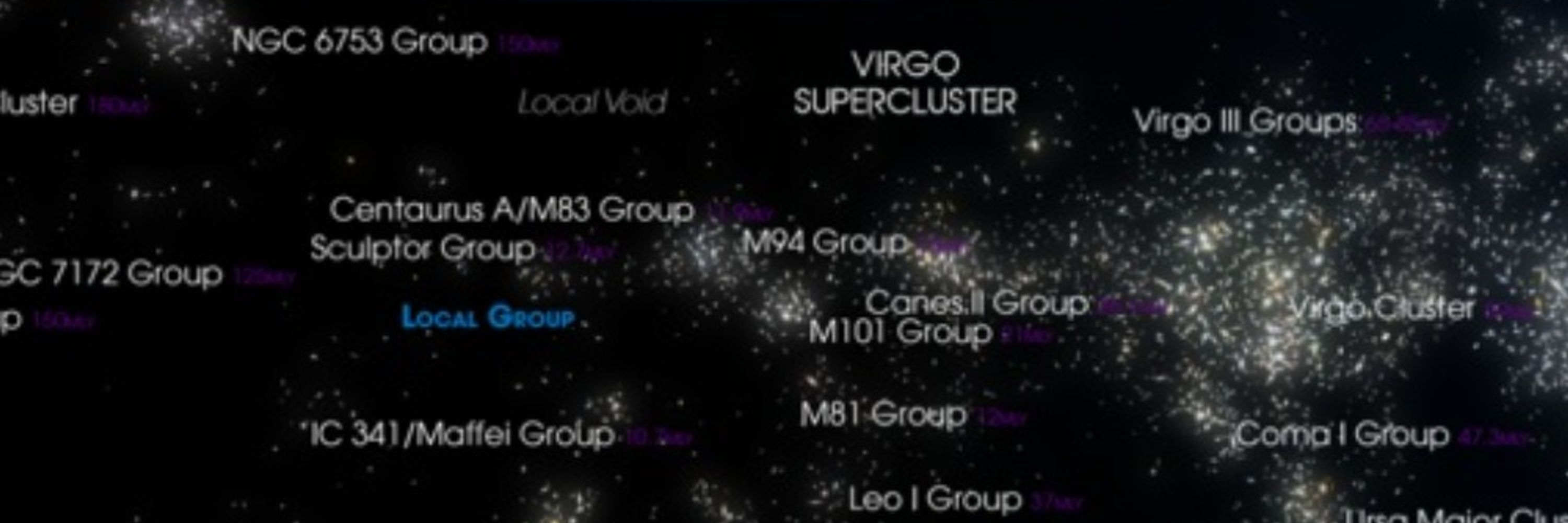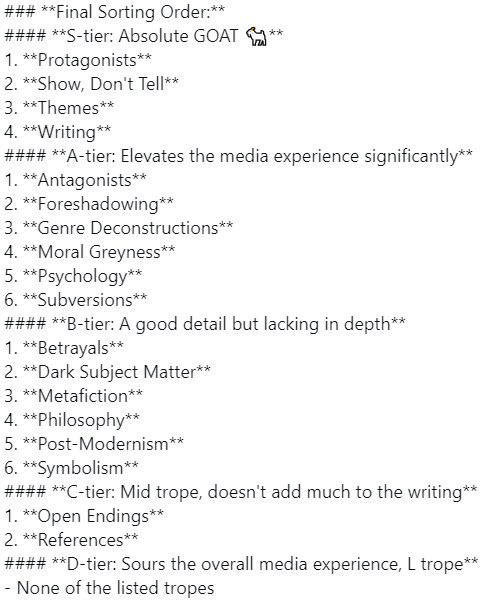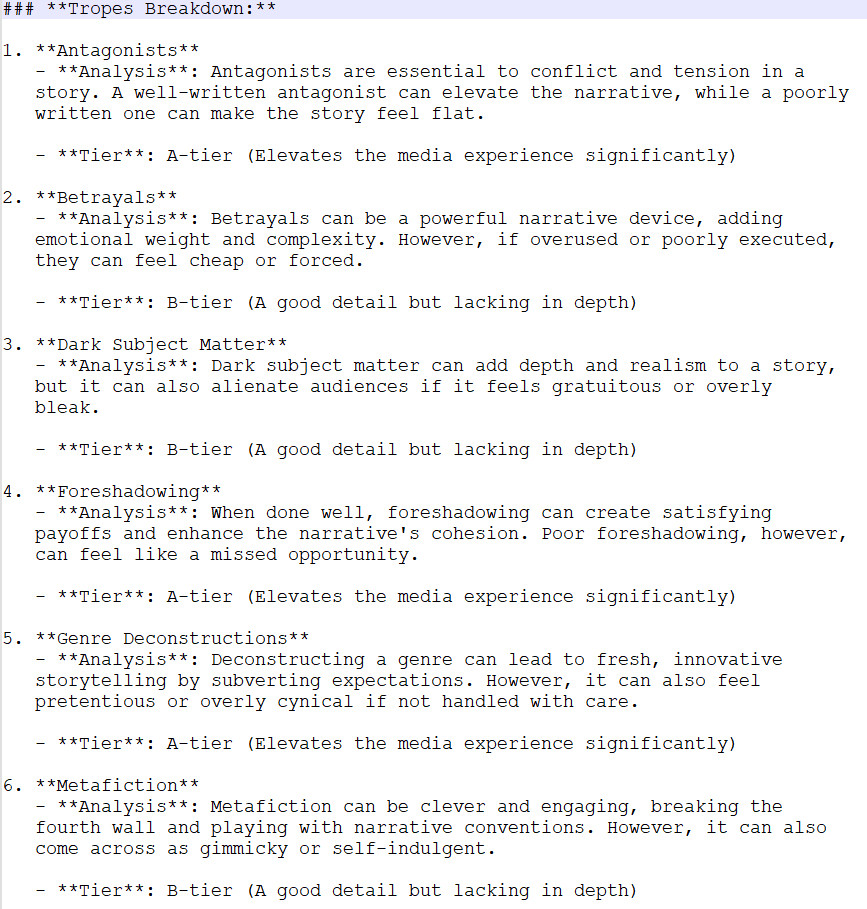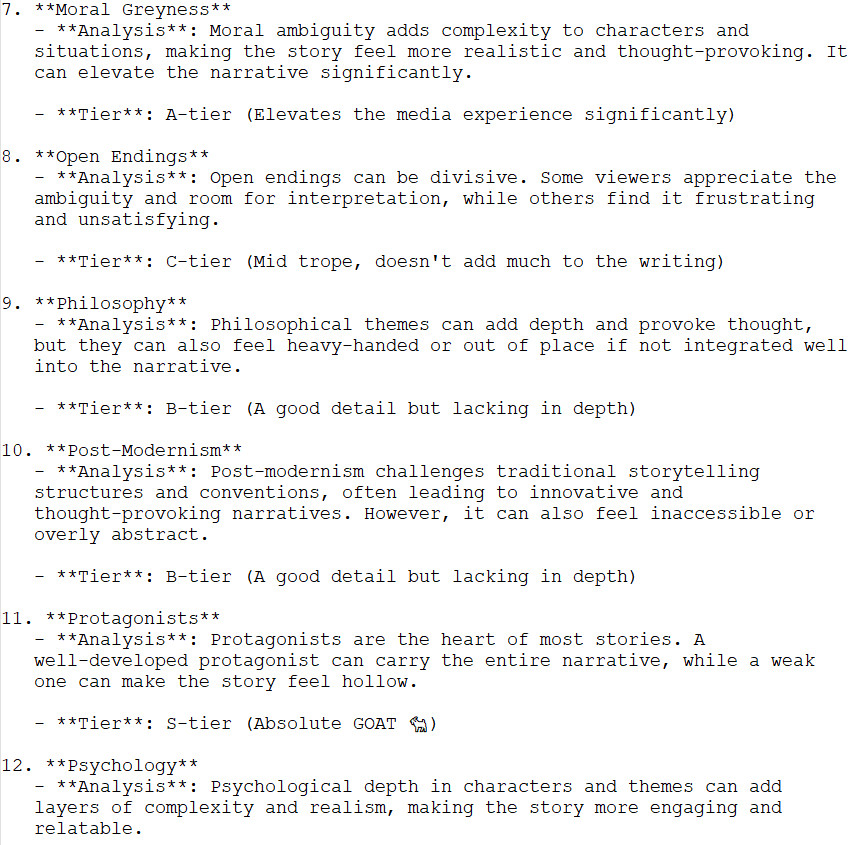
SC
Stef @wikisteff@mastodon.social Christensen
@wikisteff.bsky.social
Ph.D. in AI. Sr. Foresight Analyst, Horizons. Coder, numbers whiz, foresight expert. Sworn to use Evil powers only for Good. He/they.
@wikisteff@mastodon.social
1.1k followers822 following6.2k posts
I do not disagree, this is bad and pointless. I ran it through GPT to see how bad it would be, and it violently disagrees with this graphic.





SC
Stef @wikisteff@mastodon.social Christensen
@wikisteff.bsky.social
Ph.D. in AI. Sr. Foresight Analyst, Horizons. Coder, numbers whiz, foresight expert. Sworn to use Evil powers only for Good. He/they.
@wikisteff@mastodon.social
1.1k followers822 following6.2k posts